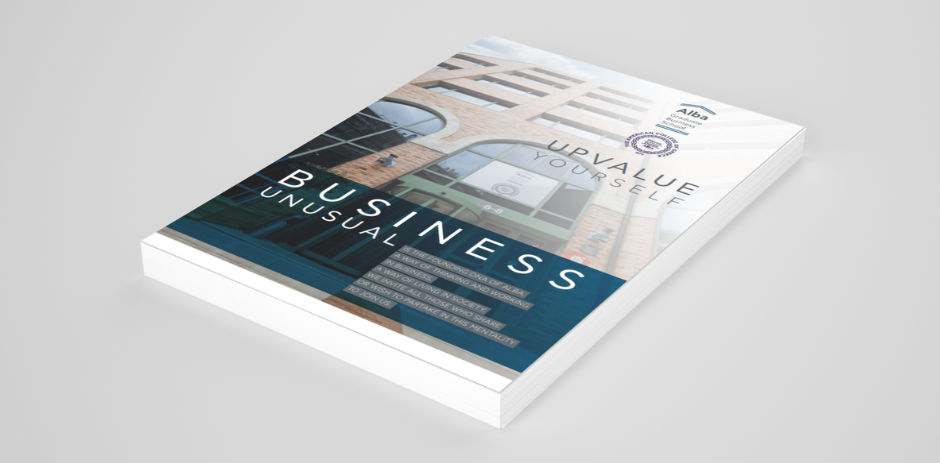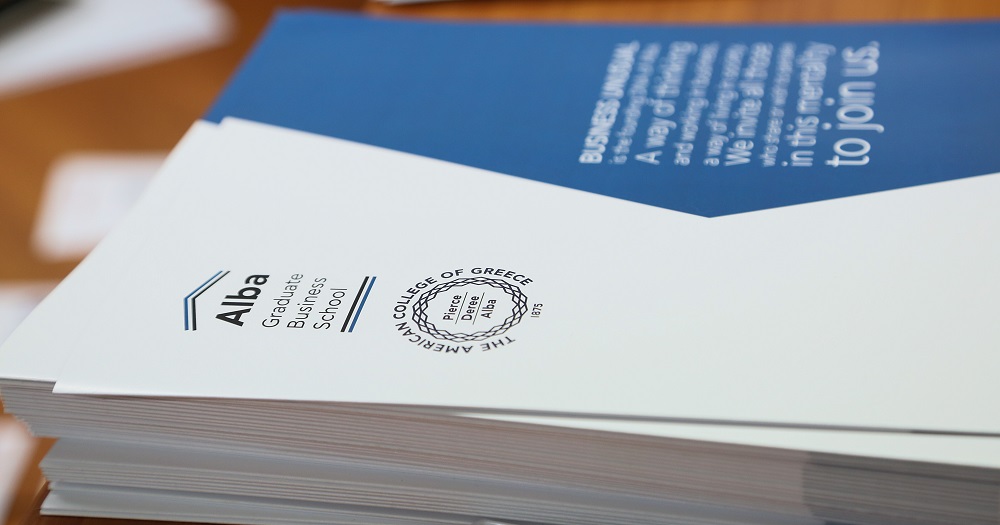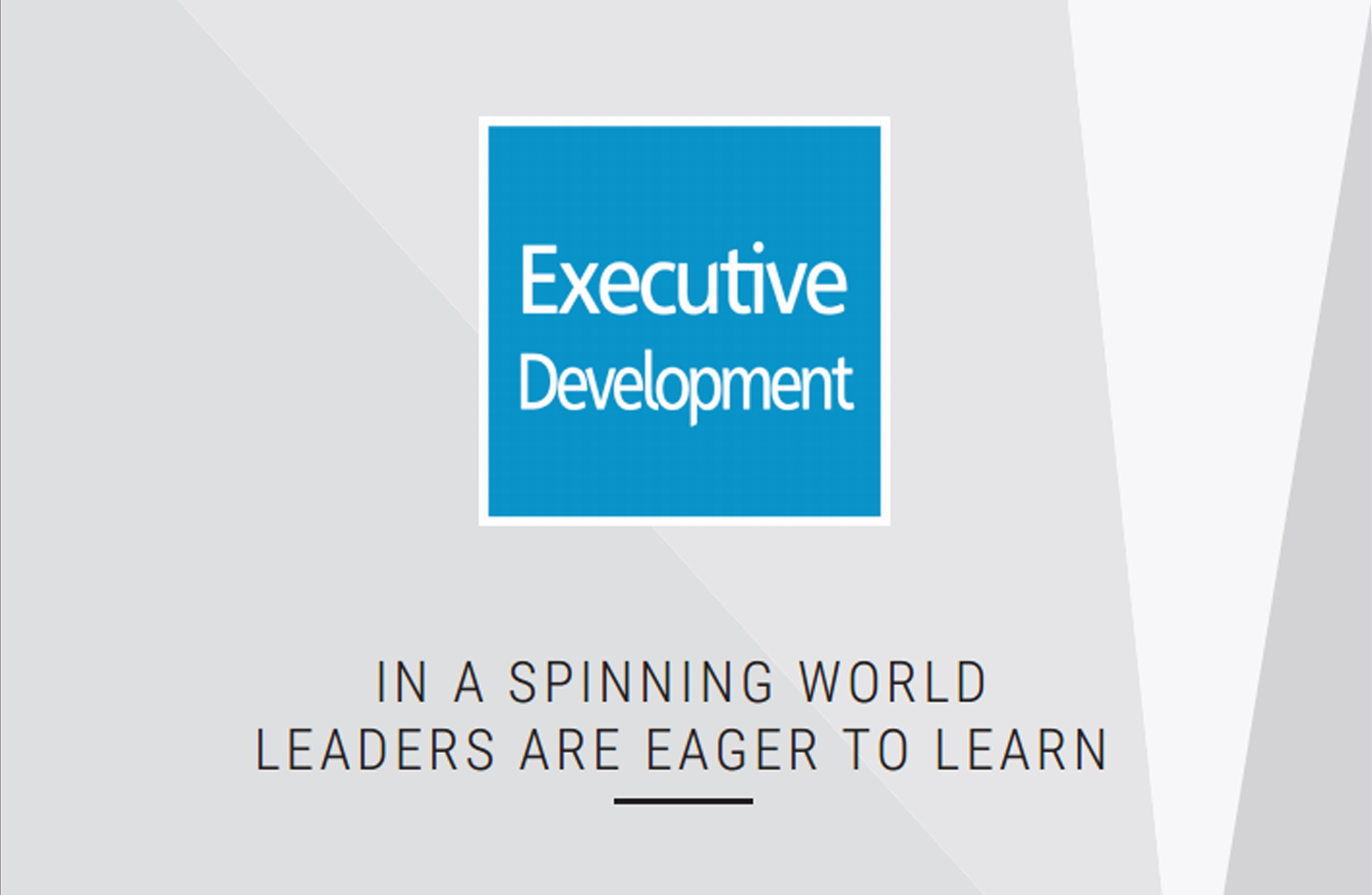“Looks Like You Wanted It Bad Enough”: Red Bull, Sebastian Vettel, and Creative Deviance in the Workplace

By : Mainemelis Charalampos (Babis), Associate Professor of Organizational Behavior
On 24 March 2013, Red Bull’s Sebastian Vettel took pole position at the start of the Formula 1 Grand Prix in Malaysia. Lined up behind him were Ferrari’s Felipe Massa and Fernando Alonso, Mercedes’s Lewis Hamilton, Red Bull’s Mark Webber, and Mercedes’s Nico Rosberg. The race was marked by two memorable and sharply contrasting incidents of unwillful obedience and bold disobedience in the Mercedes and Red Bull teams.
Mercedes finished the race in the third and fourth positions. During the race, Nico Rosberg repeatedly asked his team to let him pass teammate Hamilton, but Mercedes’s boss told him “Negative, Nico, negative.” Rosberg reluctantly obeyed the order and finished fourth right behind Hamilton. Standing later on the podium, Hamilton admitted: “I can’t say it’s the best feeling being up here today. If I’m honest I really feel Nico should be standing here.”

Red Bull finished in the first and second positions. The two Red Bull pilots led the race when Webber entered his last pit stop on lap 44. Red Bull’s managers instructed at that point Vettel to stay behind Webber. Webber emerged from the pit at a stone’s throw ahead of Vettel, but Vettel ignored the order and immediately cornered Webber’s car. For the next two laps the two Red Bull single-seaters raced wheel to wheel. Fearing a disastrous collision, Red Bull’s managers made desperate pleads to Vettel to slow down, but to no avail. Vettel dramatically overtook Webber and edged out to win the Grand Prix trophy.
After the race, Vettel was told by his engineer, “Good job, Seb. Looks like you wanted it bad enough. Still you’ve got some explaining to do.” Webber complained, “Seb made his own decisions today, not respected team orders, but will have protection as usual and that’s the way it goes.” Reb Bull’s officials criticized Vettel for acting in a “silly” and “irresponsible” manner, but Vettel calmly reminded them that he did just what he was paid to do:
 “In Malaysia we were surprised being at the top. The whole race we worked well with the tyres. I think that’s what people forgot. What stuck in their heads was the way the race ended. I think there is not much to add than what happened. I apologized to the team straight after for putting myself above the team, which I didn’t mean to do.But there is not much more to say, really. I don’t apologize for winning. That is why people employed me in the first place and why I’m here. I love racing and that’s what I did.”
“In Malaysia we were surprised being at the top. The whole race we worked well with the tyres. I think that’s what people forgot. What stuck in their heads was the way the race ended. I think there is not much to add than what happened. I apologized to the team straight after for putting myself above the team, which I didn’t mean to do.But there is not much more to say, really. I don’t apologize for winning. That is why people employed me in the first place and why I’m here. I love racing and that’s what I did.”
When was the last time that you reacted like Vettel when your manager told you that you cannot do something that you love to do? When was the last time that, as a manager, you gave an instruction to an employee only to see him or her disobeying you in an attempt to accomplish more and not less? True, your knowledge-intensive office may have little in common with the adrenaline-packed F1 circuits. The analogy, however, is instructive.
No manager would doubt the value a highly motivated and competent employee brings to his or her organization. The flip side of the coin is that some professionals can be so deeply passionate about what they do, that they often find it difficult to stop when their managers tell them to stop. You may call it defiance, disobedience, or deviance, but deep down inside it is motivation. It is pure motivation for doing something that you love to do, you are encouraged to do, and (let us not forget!) you are paid to do.
Some companies employ people who care more about their favorite football club and less about their work. Other companies employ people who care less about accomplishing great things and more about pleasing their managers. But there are also companies that employ people who care more about their work than anything else in the organization. This undiluted passion for one’s work is a sine qua non for any company that wants to survive the fierce competitive tides of the global innovation-driven economy. When passion is high, creativity and innovation in the organization soar. The complication is that, when passion is high, incidents of bold rule-breaking tend to increase as well.
I have studied this phenomenon through the lens of organizational creativity. I have described it as creative deviance: An employee generates a new idea; asks his or her manager’s permission to further develop it; the manager instructs the employee to stop working on the new idea; but the employee keeps on working on the new idea in direct violation of the manager’s order. Interestingly, when trying to make sense of such situations, most people tend to focus more on the creative deviant and less on the surrounding social context. This can be quite misleading. If you want to understand why, when and how creative deviance occurs, look less at the personality characteristics of the creative deviant and more on the values, norms, and practices of the organization.
Consider Vettel and Rosberg. They have to meet normative expectations like any other professional in the world. In their case, they are expected to race fast and win, but also to comply with their team manager’s orders. These two normative expectations usually function in accordance with each other, but in the Malaysian Grand Prix they became paradoxically mutually exclusive. The momentary “cognitive limbo” experienced by Vettel and Rosberg was precisely due to the fact that they had to make a snap choice between “Obey & Lose” and “Disobey & Win”. The social structure of Red Bull, Mercedes, and other F1 teams systematically triggers such situations, where pilots have to struggle with normative ambiguity, paradoxical tensions, and conflicting emotions. The normative expectations surrounding your job may be different, but your organization’s social structure could be “setting you up” to confront similar behavioral dilemmas.
Counter-intuitive as it may sound, my research suggests that creative deviance is less likely to happen in work contexts that place high barriers to innovation. Such companies are less likely to hire people with a profound affinity for creativity, less likely to retain them, and more likely to marginalize them following one or more incidents of nonconformity. Companies that value innovation, on the other hand, are more likely to induce, tolerate, and regulate acts of creative deviance. In fact, some leaders of creative organizations, like IDEO’s CEO David Kelly, admit that they prefer to hire people who don’t listen to them because they think that employees who merely listen to the boss do not add much value.
Since the late 1980’s, a battery of rigorous empirical studies have shown that if you want your employees to be creative, you should do all that you can to strengthen their creative motivation. We can now update this consistent research finding with a simple warning: If you do a pretty good job in boosting your employees creative motivation, you should not get surprised if at some point they will not listen to you in an attempt to keep their creative ideas alive. Put another way, you should quickly recognize that their creative deviance is propelled by the same creative motivation that your company strives to nurture and enhance.
There are objections to creative deviance. It can trigger friction and conflict. It can cause damages and errors. If taken out of measure, it can destabilize the social order of a workplace. Note, however, that innovative companies thrive on creative tensions, creative conflicts, and creative failures. A culture of compliance and conformity, where the “play it safe” attitude rules, is highly unlikely to turn your company into an agile powerhouse of innovation. Learning how to effectively lead creative deviants is a better and probably more realistic choice for the creative workplace of the 21stcentury.




